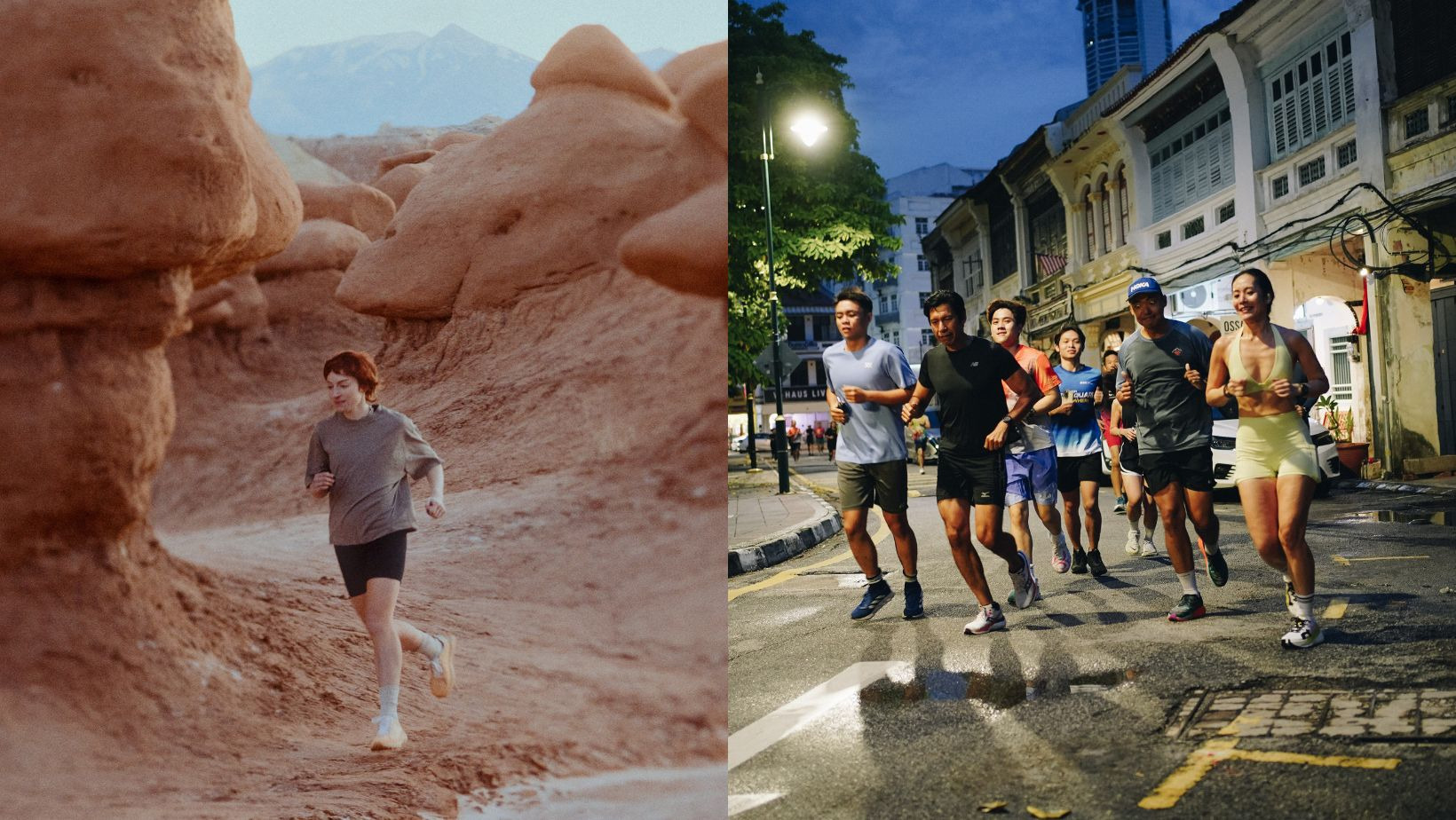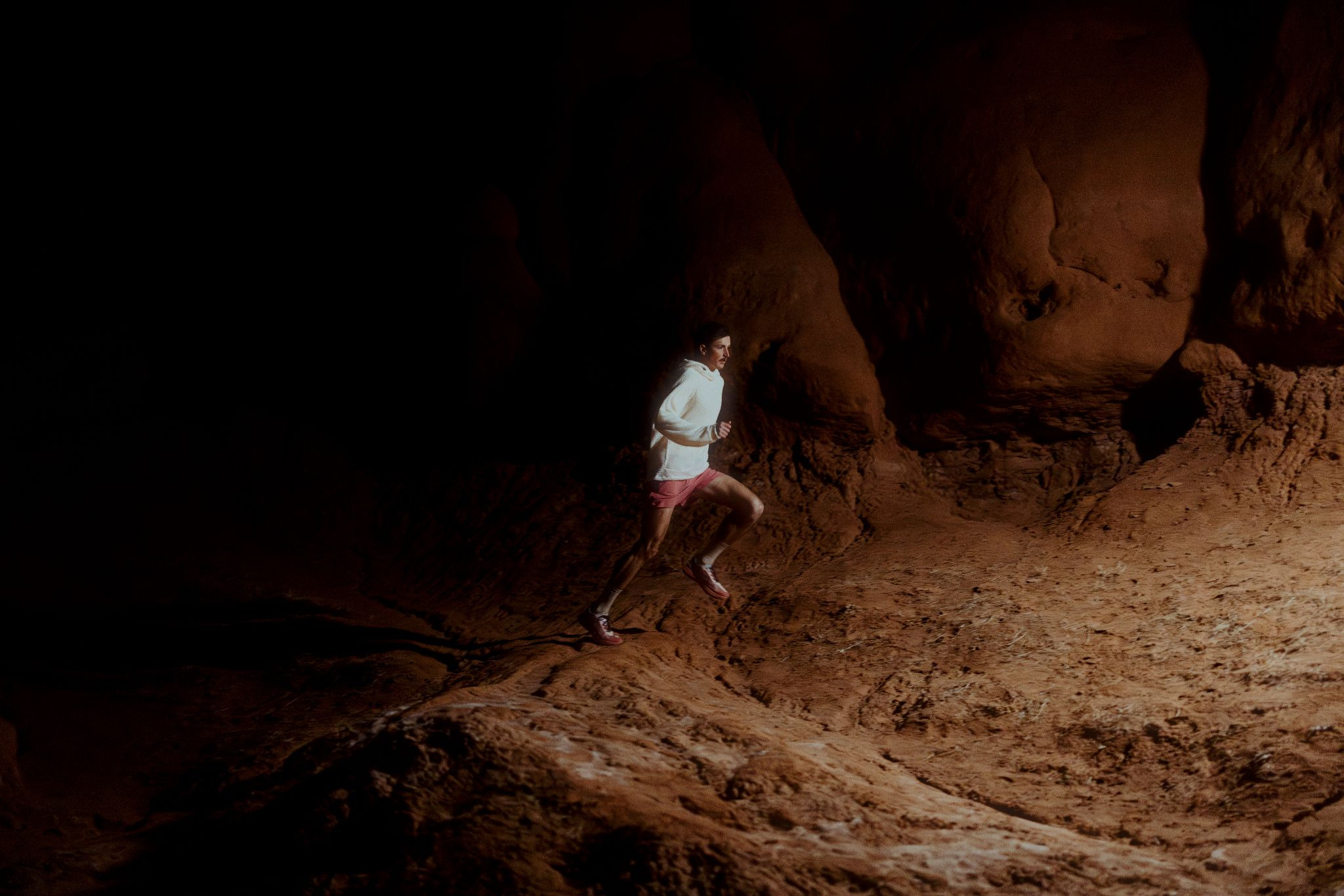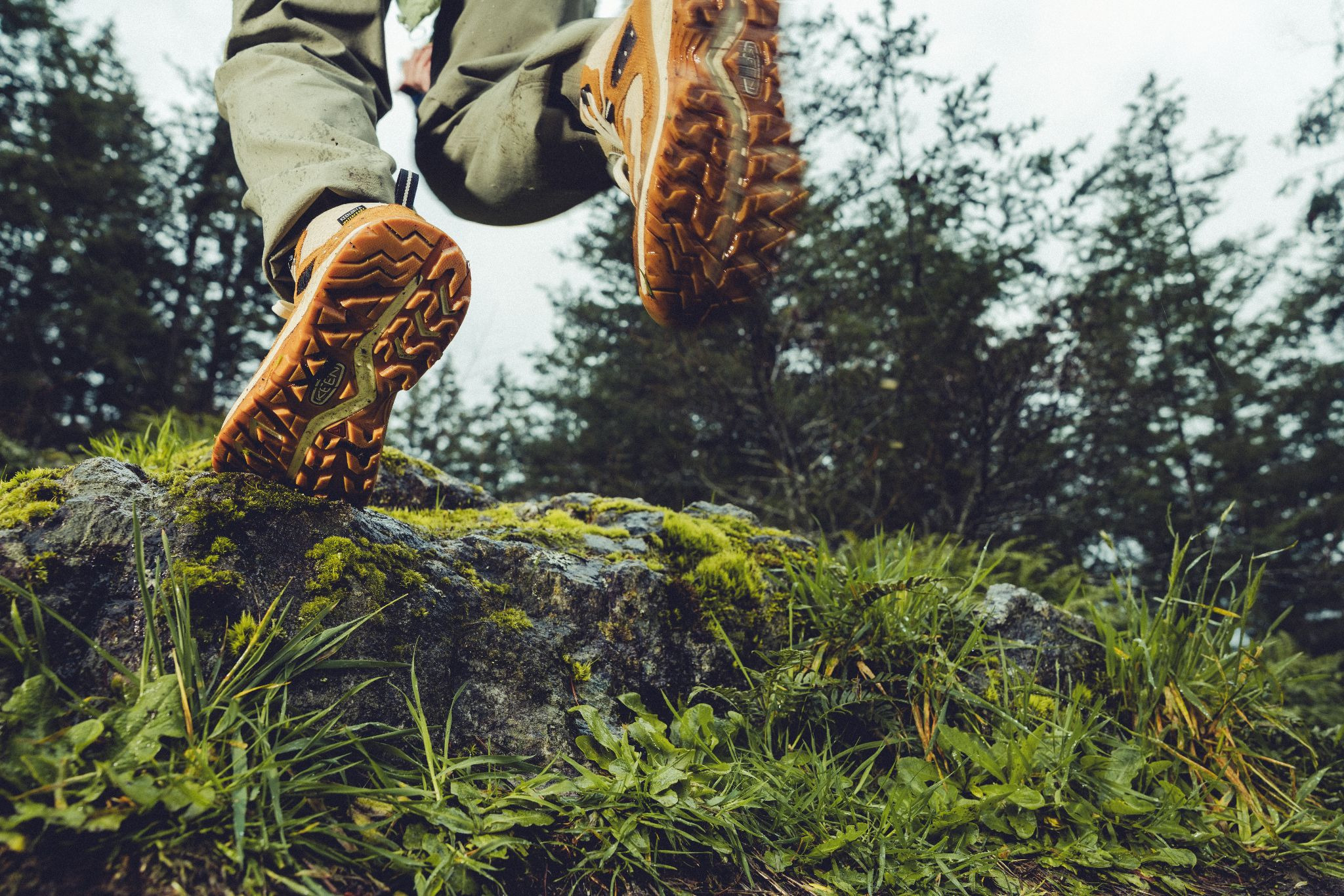Whether you’re training for performance, fitness, or fun, understanding the difference between trail and road running helps you find what suits your goals and comfort best.
The Key Differences Between Trail and Road Running
The biggest difference lies in the terrain.
Road running takes place on smooth, paved surfaces — streets, sidewalks, and park paths — offering consistency and speed.
Trail running, on the other hand, happens on natural surfaces like dirt paths, forest tracks, or mountain trails. It introduces elevation changes, uneven footing, and more obstacles.
As a result, the two require slightly different techniques and levels of focus. Road runners can maintain steady pacing, while trail runners need to stay alert, adjusting to rocks, roots, or mud. Both types of running improve endurance and strength, but in different ways.
Benefits of Trail Running
Trail running is often described as more than exercise — it’s an experience. The ever-changing scenery, fresh air, and quieter environment create a strong sense of escape and connection with nature.
From a physical perspective, trail running:
Builds stabilizing muscles in your ankles, calves, and core due to uneven terrain.
Reduces impact stress because softer ground, such as dirt and grass, absorbs more shock than asphalt.
Improves balance and coordination, as every step requires subtle adjustments.
Trail running also challenges your endurance differently. The varied terrain and elevation mean slower paces but greater effort — offering an effective, full-body workout that’s gentle on your joints yet tough on your muscles.
Benefits of Road Running
Road running is all about rhythm, pace, and performance. It’s ideal for runners who like predictability, measurable progress, and accessibility. Roads and pavements are everywhere — making it easier to fit runs into busy schedules.
Some key benefits include:
Consistency and speed: Flat terrain allows for steady pacing and faster runs, great for tracking progress or training for races.
Accessibility: You can run almost anywhere — from your neighborhood to city parks — without needing special equipment.
Improved cardiovascular efficiency: Maintaining a constant pace helps build aerobic endurance over time.
For those training for marathons or city races, road running closely matches event conditions, making it easier to prepare effectively.
Which Surface Is Better for Beginners?
There’s no one-size-fits-all answer — it depends on your fitness level, goals, and environment.
If you’re just starting out, road running offers an easier introduction. The stable surface and predictable conditions help beginners focus on form, pacing, and stamina without worrying about obstacles.
However, if you enjoy adventure, nature, or cross-training, trail running adds variety and can help strengthen smaller stabilizing muscles early on. Just start on gentler trails and wear proper shoes designed for grip and protection.
Ultimately, the best surface is the one that keeps you consistent and motivated. Mixing both — alternating between road runs and trail sessions — can balance endurance with strength and reduce injury risk.
Choosing the Right Shoes for Each Terrain
The right footwear matters as much as the surface you run on.
Trail running shoes feature aggressive outsoles with deeper lugs for traction, protective toe caps, and reinforced uppers to handle rough terrain.
Road running shoes are lighter, smoother, and built for cushioning and rebound on hard, even surfaces.
Wearing trail shoes on the road (or vice versa) can cause unnecessary wear or discomfort, so it’s best to use the right pair for each condition. If you run a mix of both, hybrid running shoes can offer a balanced middle ground — blending grip and cushioning for versatility.
The Takeaway
Both trail and road running bring unique rewards. One offers the calm of nature and strength in variety; the other delivers rhythm, control, and speed. Instead of choosing one over the other, consider combining both into your weekly routine — your body will benefit from the change, and your mind will stay engaged.
Whether you’re exploring a forest trail or pounding the pavement, the right pair of shoes makes all the difference. Visit Sprint to find breathable, durable running shoes designed to support your stride — wherever your run takes you.




